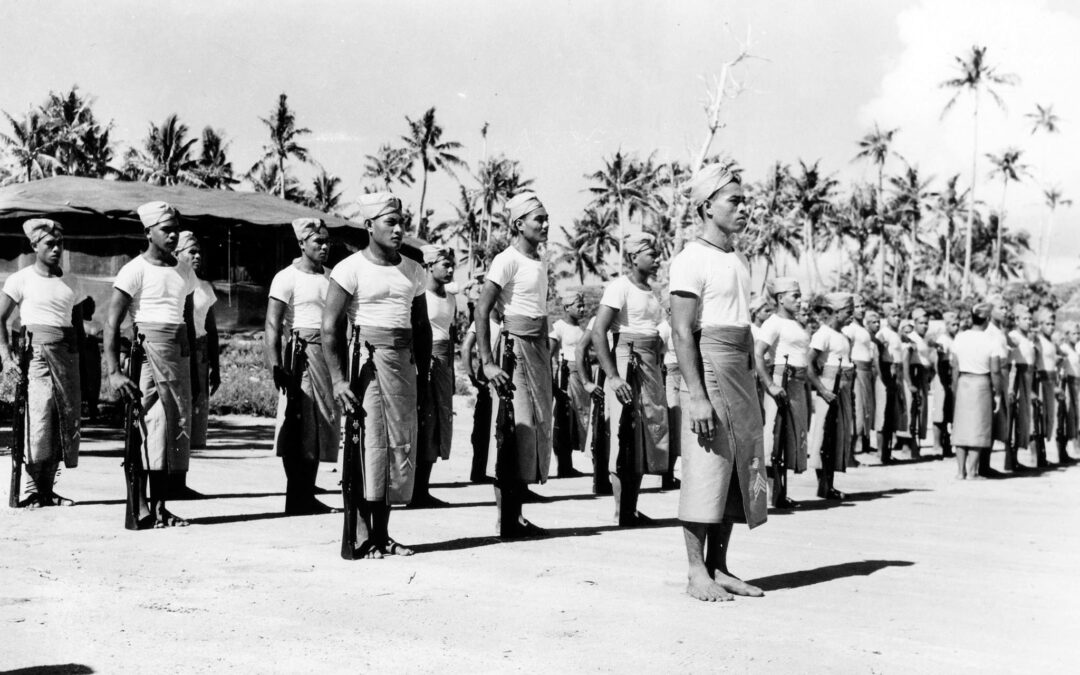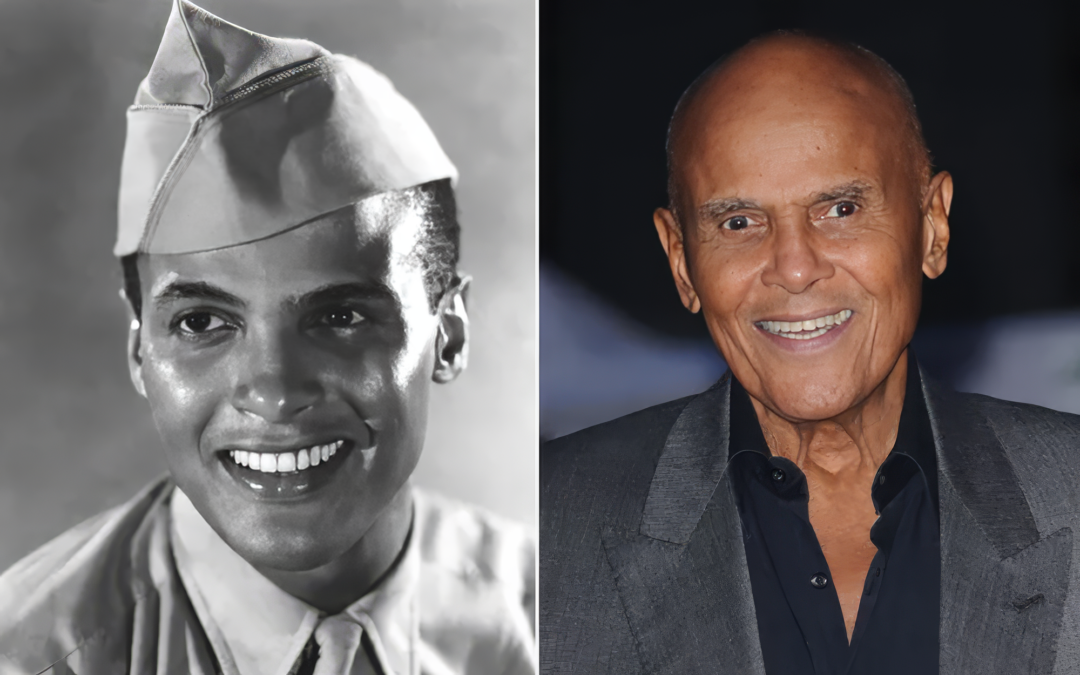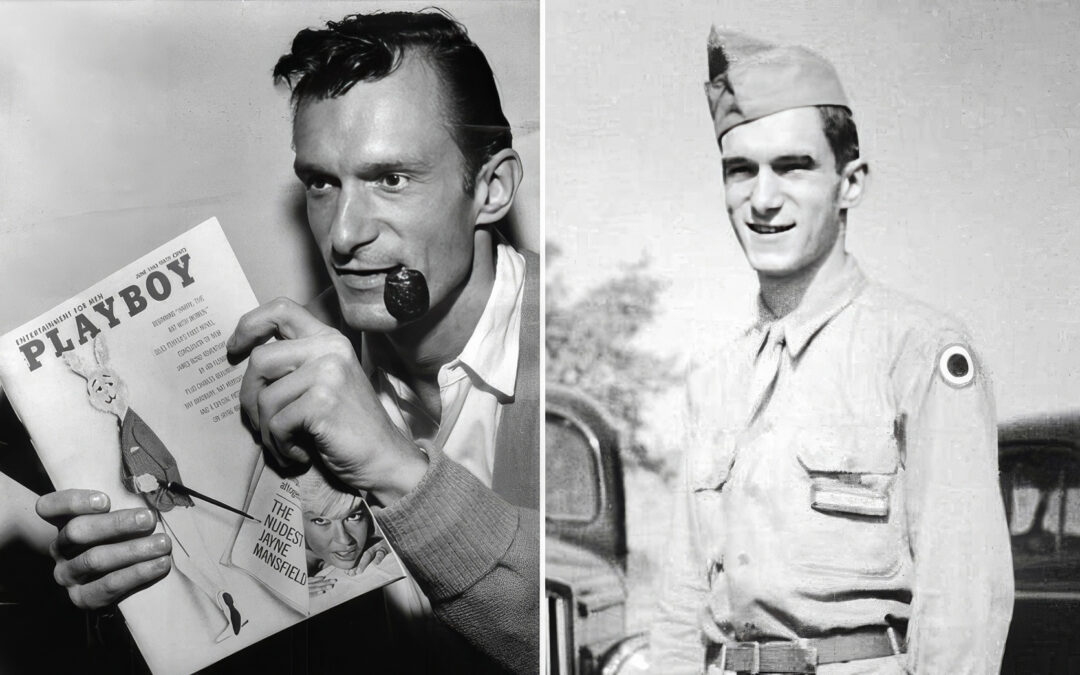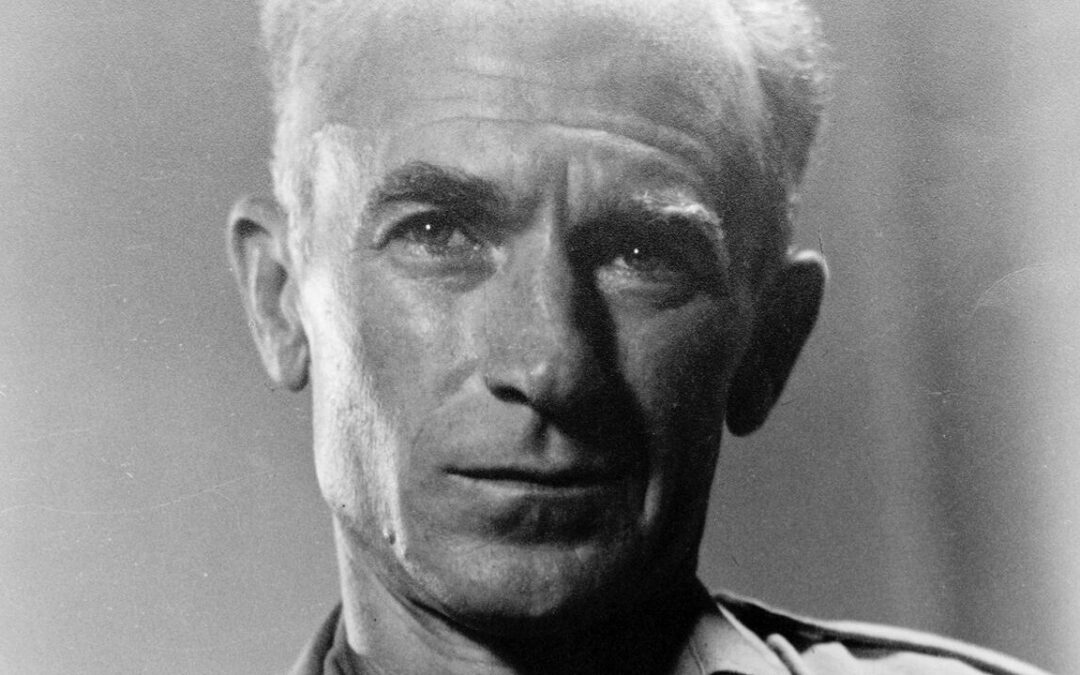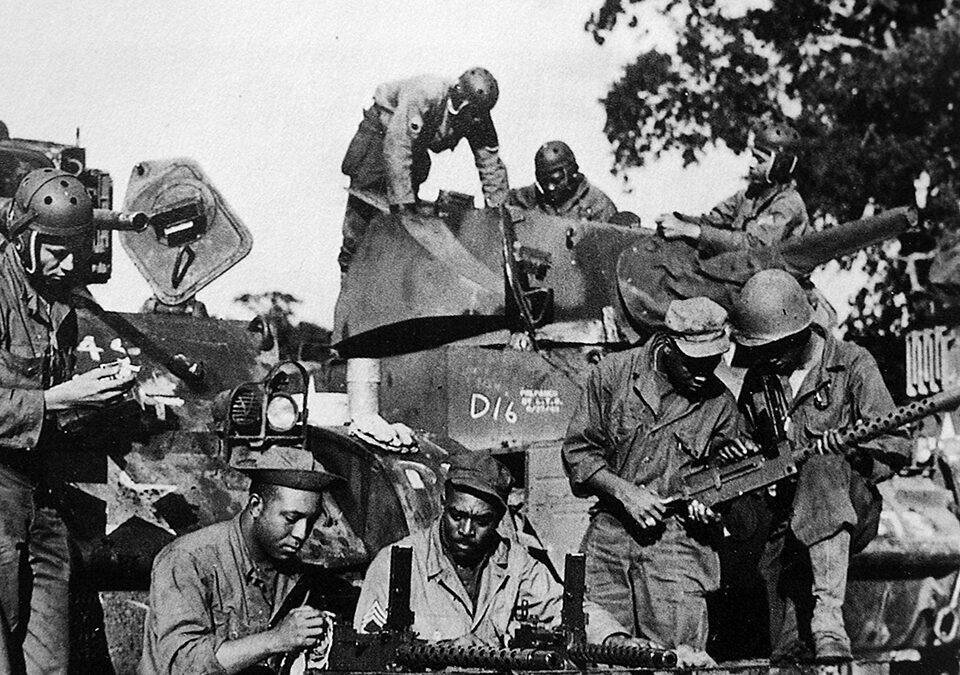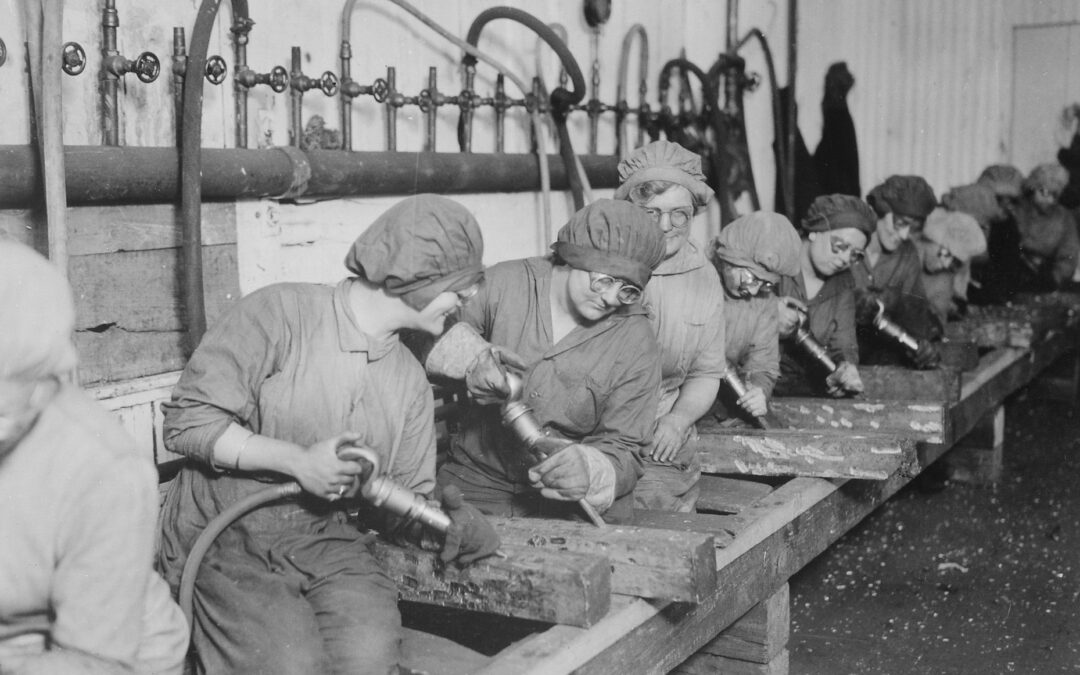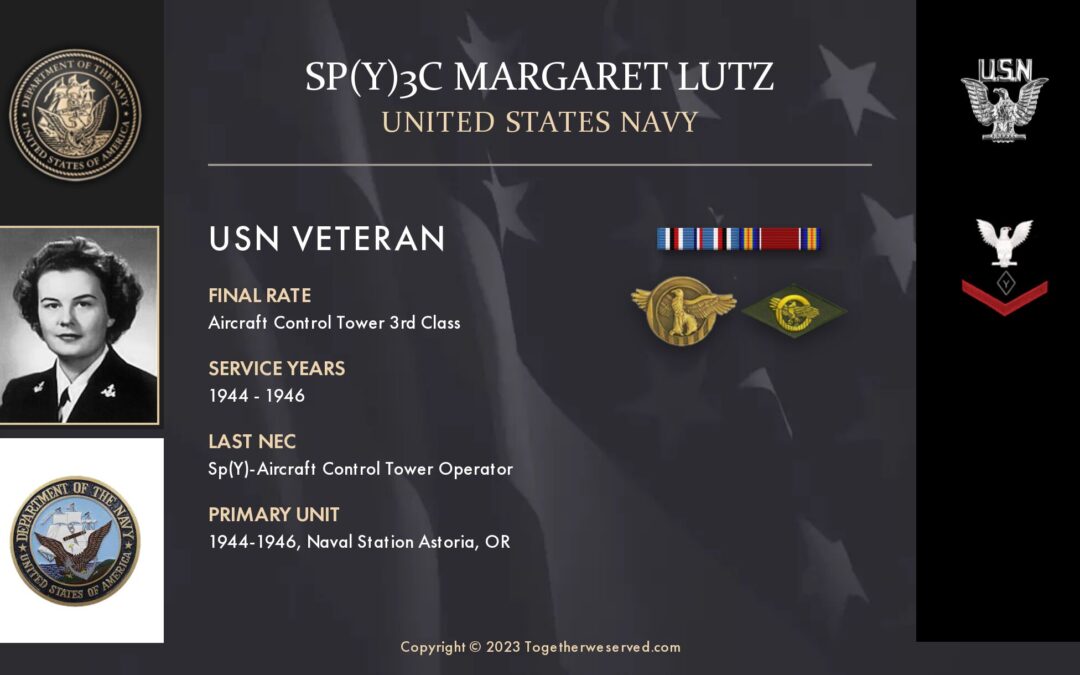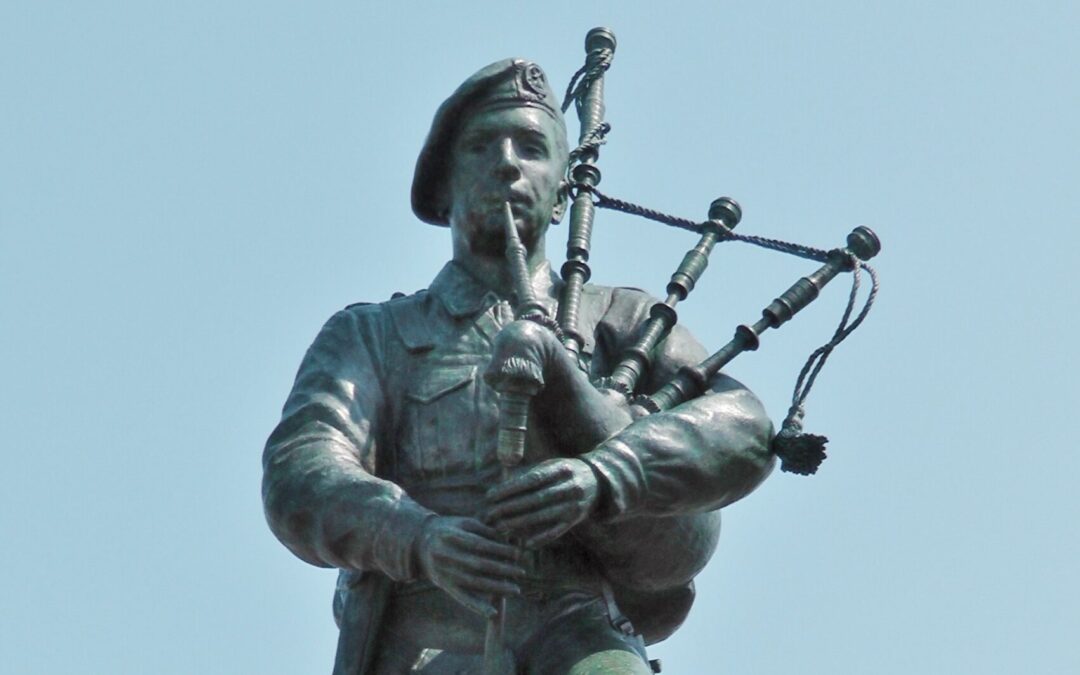World War II as a global event unfolded over more than a decade, impacting countries in different ways and at very different times. Undoubtedly Americans identify the war’s start consistently with the Pearl Harbor attack and declaration of war by Japan on December 7, 1941, but the beginnings of the conflict date much earlier to 1931 with Japan’s invasion of Manchuria. In recognition of their brutal ambitions and the escalating political activities in Europe the US became deeply immersed in war planning and preparations beginning early in the 1930s. But, with an overwhelming isolationist stance gripping the US and a resulting lack of Federal funding those actions identified by the military as critical to national defense had to be deferred. Only with tensions heightening around Japan and the outbreak of war in Europe during 1939 was President Roosevelt able to declare a limited national emergency, and in doing so, appropriate meager funding. The 1st...
